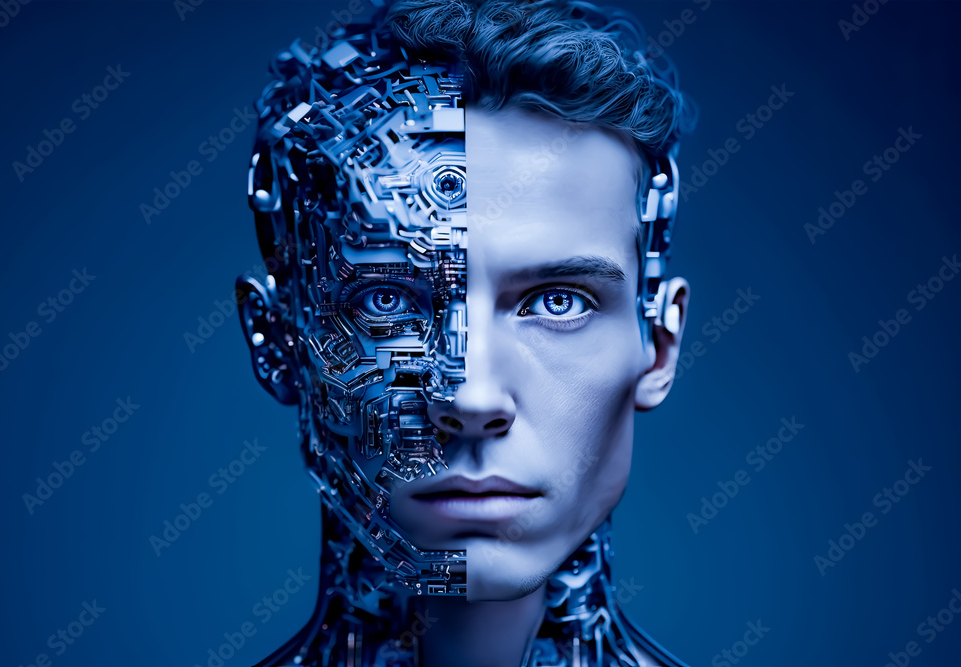In an age of unprecedented technological advancement, the concept of humanoid robots capable of experiencing emotions seems straight out of science fiction. Yet, these marvels of engineering have transcended the boundaries of mere machines, integrating sophisticated artificial intelligence to simulate human emotions. In this exploration, we delve into the world of robotics to answer a captivating question: Can robots truly feel? Join us as we introduce five extraordinary humanoid robots that blend artificial intelligence and emotions in groundbreaking ways.
1. Sophia: The Emotionally Expressive AI
Sophia, an exceptional creation by Hanson Robotics, embodies the fusion of artificial intelligence and emotional simulation. Designed to mimic human interactions, Sophia’s AI allows her to engage in conversations, recognize faces, and even display a range of facial expressions, giving her a lifelike quality that blurs the lines between the mechanical and the emotional.
2. ASIMO: A Leap in Humanoid Mobility and Interaction
Honda’s ASIMO, the Advanced Step in Innovative Mobility, set the standard for humanoid robots with its impressive mobility and interaction capabilities. While focusing on physical tasks, ASIMO also integrates AI features, such as voice and face recognition, showcasing its ability to comprehend and adapt to human behavior.
3. Pepper: Your Interactive Companion
Pepper, created by SoftBank Robotics, is more than just a machine; it’s an interactive companion. Beyond its physical appearance, Pepper’s AI-driven emotional recognition enables it to respond to human emotions, making interactions more intuitive and engaging.

4. Nao: A Versatile Learning Partner
Another creation from SoftBank Robotics, Nao, although smaller in size, boasts impressive AI functionalities. From recognizing faces to comprehending voices, Nao is a versatile learning partner that has found applications in various fields, including education and research.
5. Milo: Bridging Gaps for Autism Spectrum Children
Milo, developed by RoboKind, takes a unique approach by focusing on emotional connection with a specific audience: children on the autism spectrum. Utilizing AI and emotional recognition, Milo engages with these children to improve their social skills and foster interaction in a way that transcends the boundaries of traditional therapy.
In conclusion, the fusion of artificial intelligence and emotional simulation has ushered in a new era of humanoid robotics. These five remarkable creations exemplify the extraordinary progress made in the field, showcasing robots that not only possess advanced AI capabilities but also a touch of human-like emotion. As technology continues to evolve, these robots offer a glimpse into a future where machines and humans interact in ways that were once deemed purely fantastical.
